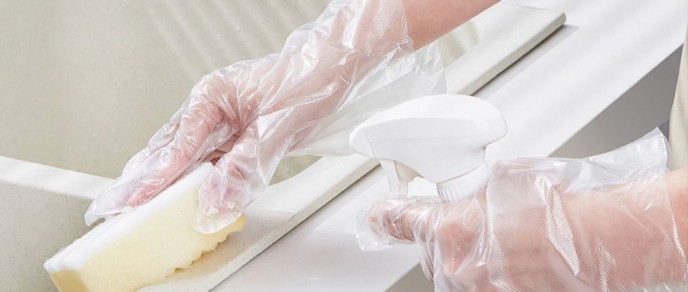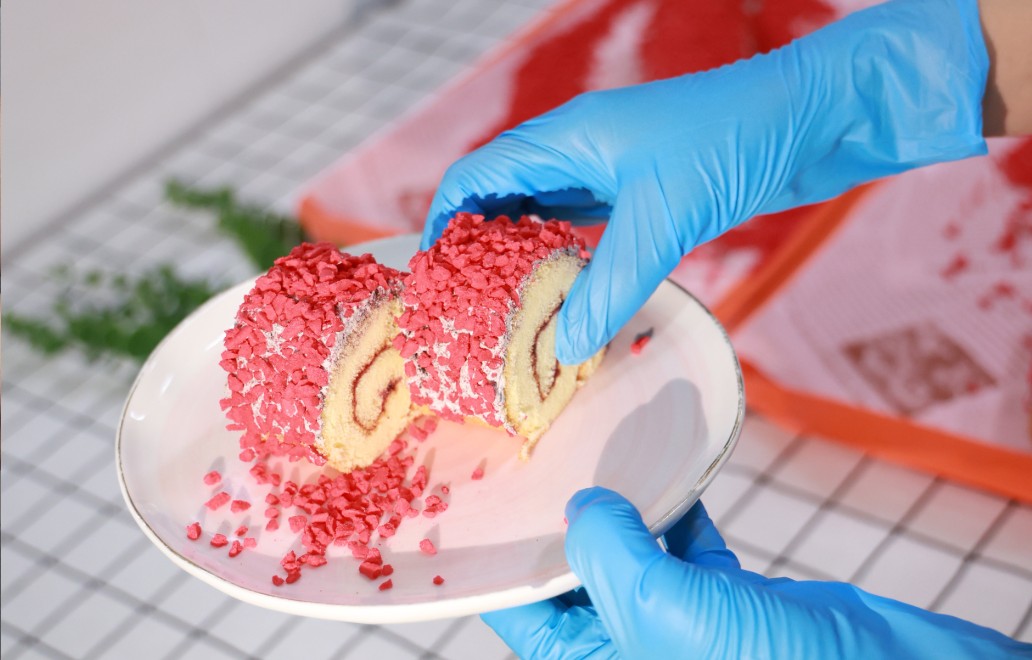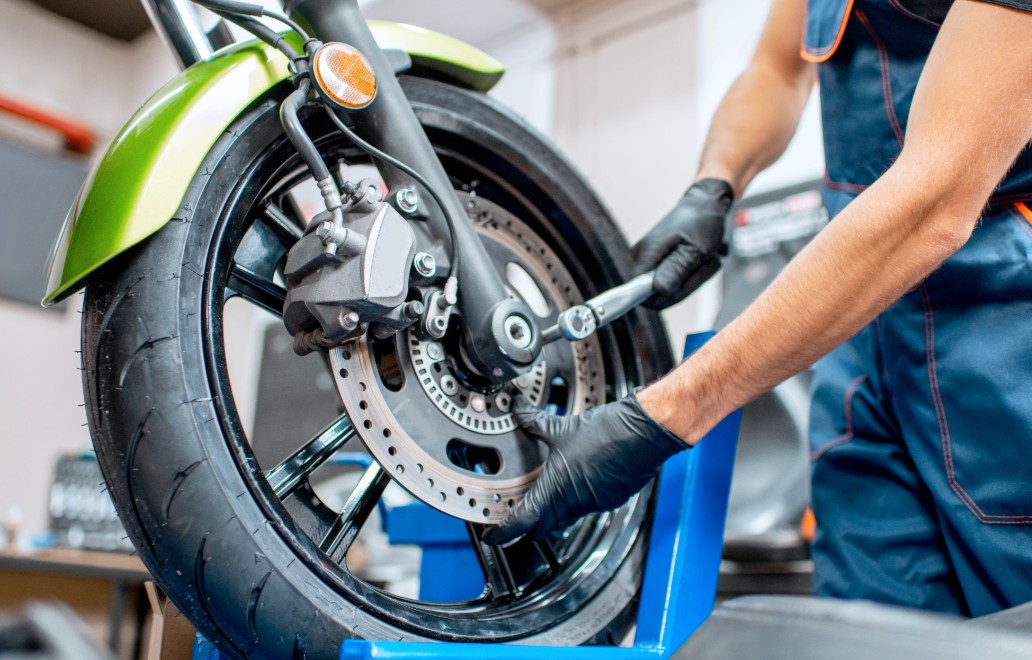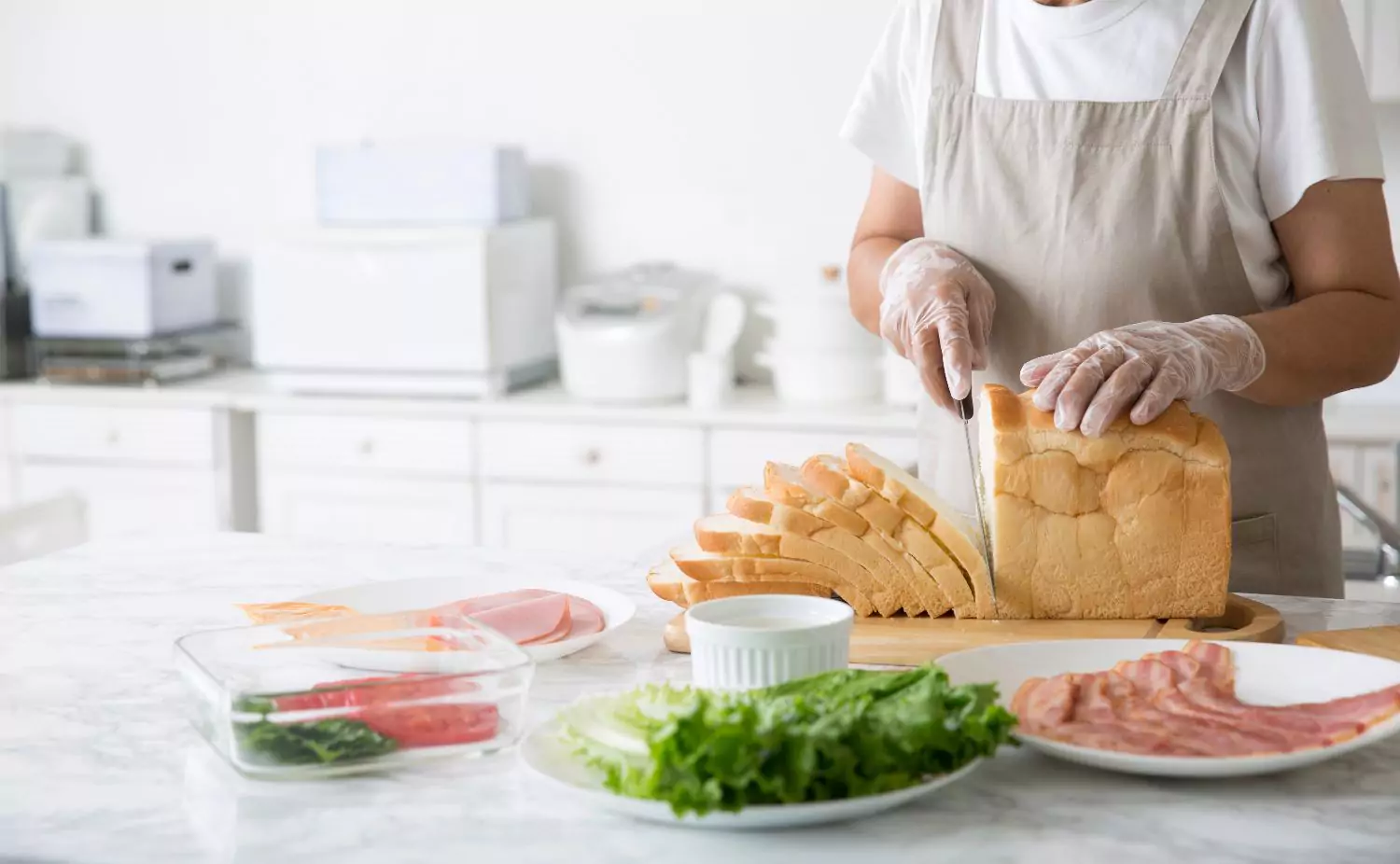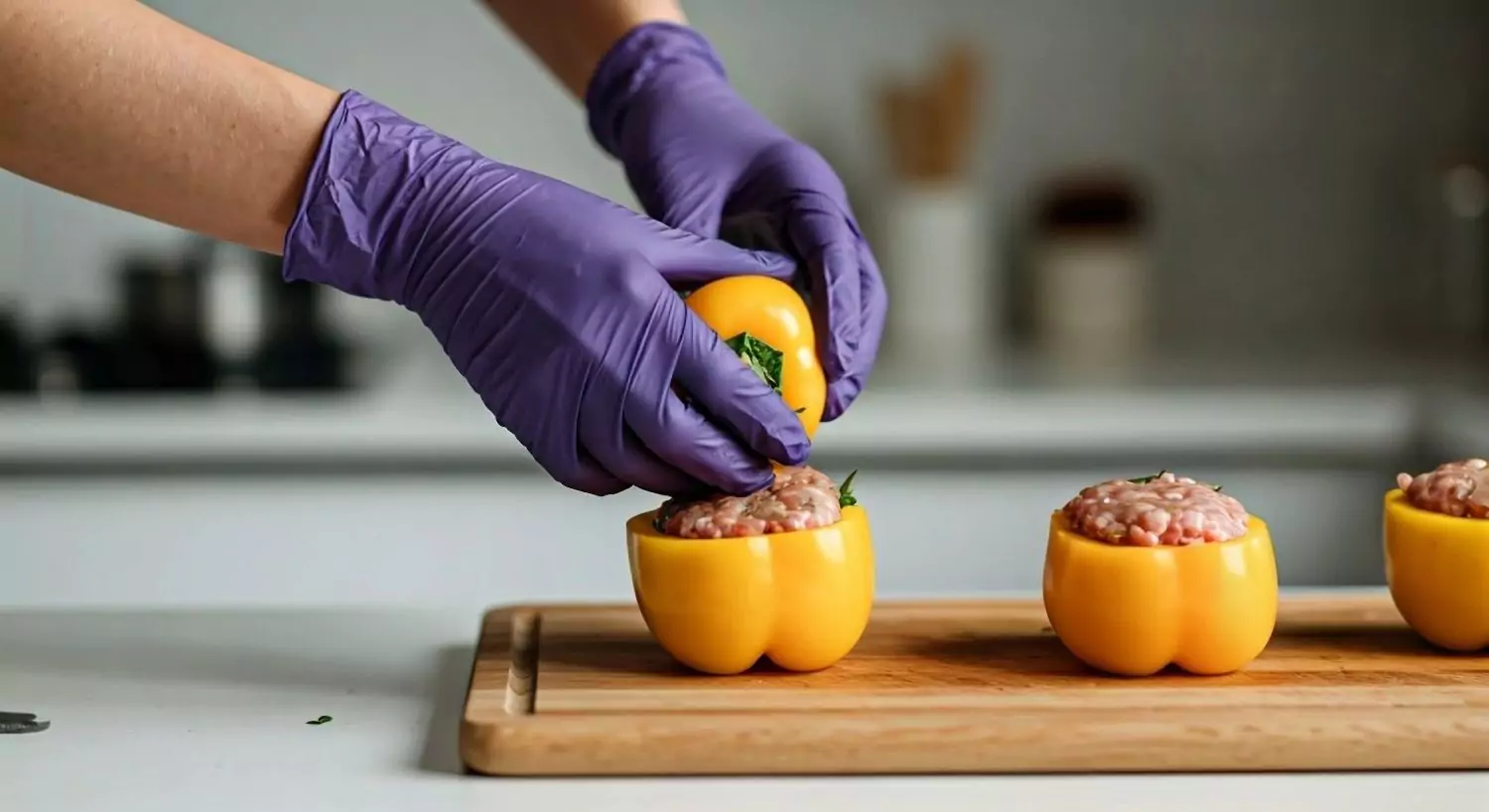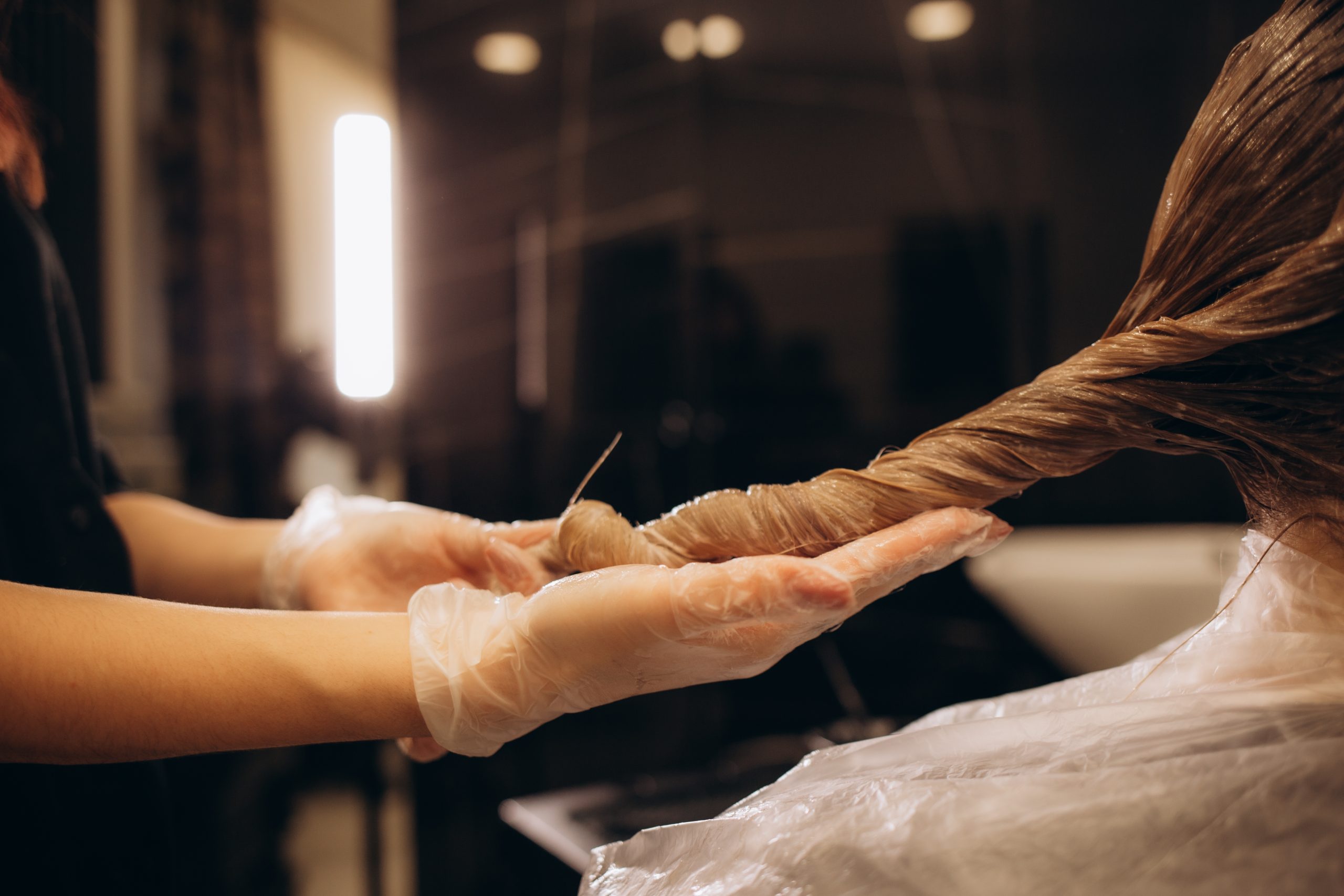Glove products
Disposable Vinyl Gloves vs Disposable Nitrile Gloves for Cooking
Comparing Vinyl and Nitrile Gloves for Cooking
Explore key differences between vinyl and nitrile gloves for cooking safety.
|
Features |
||
|---|---|---|
|
Material Composition |
Made from polyvinyl chloride (PVC), latex-free. |
Made from synthetic nitrile rubber, latex-free. |
|
Durability |
Less durable, prone to punctures and tears. |
Highly durable, puncture and tear-resistant. |
|
Chemical Resistance |
Lower resistance to oils and chemicals. |
Superior resistance to oils and chemicals. |
|
Fit and Comfort |
Loose fit, less tactile sensitivity. |
Snug fit, better tactile sensitivity. |
|
Cost |
More cost-effective for frequent changes. |
More expensive but longer-lasting. |
|
Allergen Safety |
Latex-free, suitable for latex allergies. |
Latex-free, reduces allergy risks. |
|
Grip and Texture |
Smooth surface, basic grip. |
Textured fingertips for enhanced grip. |
|
Certifications |
Meets American and European standards. |
Meets FDA, ASTM, ISO, and EN standards. |
|
Typical Use Cases |
Best for low-risk, short-term food tasks. |
Ideal for high-risk, precise food handling. |
If you want the best safety when cooking, pick nitrile gloves instead of vinyl gloves. Nitrile gloves block germs and chemicals better. This is important because up to 41% of new vinyl gloves have problems. Your glove choice affects food safety. Disposable gloves for cooking can help stop germs, but you must use them the right way. Studies show gloves help stop germs from getting on food, but you should also wash your hands well.
Why Glove Choice Matters
Food Safety
The gloves you pick for cooking can help keep food safe. Not every glove protects food in the same way. Nitrile gloves are strong and block germs and chemicals well. Vinyl gloves are better for quick jobs that are not risky. You can look at this table to see how each glove type is different:
|
Glove Material |
Characteristics |
Food Safety Impact |
Typical Applications |
|---|---|---|---|
|
Nitrile |
Durable, chemical and puncture resistant, latex-free |
High protection, preferred in food processing and handling |
Food processing, handling sectors require hygiene and safety |
|
Latex |
Elastic, comfortable, good fit and sensitivity |
Good protection, but allergy concerns limit use |
Detailed food handling tasks, some food service |
|
Vinyl |
Cost-effective, less durable, limited chemical resistance |
Adequate for low-risk, short-term tasks |
Food service, low-risk food handling |
|
Polyethylene |
Loose fit, low cost, easy disposal, limited protection |
Practical for frequent glove changes, less chemical/puncture resistance |
Food preparation, serving, and food handling require frequent changes |
You need gloves that keep your hands safe and protect food. Studies show that food workers get hurt or sick more than other workers. Gloves help stop germs, oils, and chemicals from touching your skin or food. If a glove rips or has holes, germs and sweat can get on the food. That is why it is important to use gloves that fit well and are of good quality.
Cross-Contamination
Cross-contamination means germs move from one thing to another. Gloves help stop this, but only if you use them right. Always change gloves when you switch from raw meat to ready-to-eat foods. If you touch something dirty, put on new gloves before touching food again.
If people do not use gloves the right way, more people can get sick from food. Sometimes workers forget to change gloves or wash their hands, and this makes things unsafe. The FDA Food Code says you must use gloves or tools to touch ready-to-eat foods. If you follow these rules, you help keep food safe for everyone.
Disposable Vinyl Gloves
Material
Disposable vinyl gloves are made from polyvinyl chloride, called PVC. Makers add plasticisers and other things to make them soft. These gloves do not have latex, so they are good for people with allergies. Vinyl gloves are not very strong because of their weak structure. They can get tiny holes or small tears quickly after you start using them. Studies say vinyl gloves break more often than nitrile gloves. This means they can rip or let germs pass through more easily. Vinyl gloves are also less stretchy, so they fit your hands more loosely.
Features
Vinyl gloves have some features that make them common in kitchens. They cost less, so you can use new ones often. They keep out water, oils, and fats, which helps when making food. Most vinyl gloves feel smooth and are good for jobs that do not need a strong grip. These gloves come in different thicknesses, usually between 3 and 3.5 mils. This thickness gives basic protection but is not as strong as nitrile gloves. Tests like pinhole leak checks help make sure the gloves are safe. But vinyl gloves do not last as long or bend as much as nitrile gloves.
Uses
People use disposable vinyl gloves for cooking jobs that are not risky and do not take long. Food workers pick vinyl gloves for ready-to-eat foods like salads or sandwiches. These gloves are best when you need to change gloves many times, like in busy kitchens. Do not use vinyl gloves for raw meat, poultry, or fish, because they can tear and let germs in. Vinyl gloves are also not great for greasy or oily foods, since the material can break down. If you want a cheap glove for simple food prep, vinyl gloves work. But if you need more protection, nitrile gloves are better.
Disposable Nitrile Gloves
Material
Nitrile gloves are made from a man-made rubber called nitrile butadiene rubber (NBR). These gloves do not have latex, so people with latex allergies can use them. The material is strong and stretchy. It fits your hand well and goes back to its shape after you take it off. Nitrile gloves do not tear or get holes as easily as vinyl gloves. They also protect your hands from oils, grease, and many kitchen chemicals. When you cook, you want gloves that keep your hands safe from germs and harsh things.
Features
Nitrile gloves have many good features for food work. They fit tightly, so you can move your fingers easily and feel what you touch. The fingertips have texture, so you can hold wet or slippery foods better. You can use them for short times with hot pans or pots, up to 212°F (100°C). These gloves also keep your hands safe from cleaning chemicals and food oils. Nitrile gloves meet strict rules like FDA, ISO13485, and EN455, so you know they are safe and good quality. You do not have to worry about allergies because they are latex-free and powder-free.
Uses
Nitrile gloves are good for many kitchen jobs. You can use them to handle raw meat, seafood, and hot foods. If you need to clean with strong chemicals or oils, these gloves protect your skin. Both chefs and people at home pick nitrile gloves when they want safe disposable gloves for cooking. These gloves last longer and keep their shape, even if you stretch them. You can wear them for a long time and still feel comfortable and safe. Nitrile gloves help stop germs from spreading because they do not rip easily. If you want gloves that are safe, comfy, and strong, nitrile gloves are better than vinyl gloves.
Comparison
Protection
When you choose gloves for cooking, protection matters most. Nitrile gloves give you stronger protection than vinyl gloves. You can trust nitrile gloves to block germs and chemicals better. A study tested over 5,000 gloves and found that nitrile gloves failed only 1.3% of the time, while vinyl gloves failed 8.2% of the time. This means nitrile gloves are much less likely to let germs or liquids through. If you want to keep your hands and food safe, nitrile gloves work best for most kitchen jobs.
Vinyl gloves still protect your hands, but they do not last as long. They can get small holes or tears more easily. You might use vinyl gloves for quick, low-risk tasks. For handling raw meat or strong cleaning products, nitrile gloves give you better safety.
Comfort
Comfort helps you work better in the kitchen. Nitrile gloves fit your hands snugly. They stretch and move with your fingers. You can feel what you touch, which helps when you need to do careful work, like slicing or peeling. The textured fingertips on nitrile gloves help you grip slippery foods.
Vinyl gloves feel looser and do not stretch much. They may not fit as well, so you might not feel as much with your fingers. If you need to change gloves often, vinyl gloves are easy to put on and take off. For long cooking sessions, nitrile gloves keep your hands comfortable and let you work with more control.
Durability
Durability means how long gloves last before they break. Nitrile gloves are much stronger than vinyl gloves. They resist tears, punctures, and stretching. You can use nitrile gloves for longer periods without worrying about holes. This makes them a good choice for busy kitchens or when you handle sharp tools.
Vinyl gloves are less durable and can rip if you pull too hard or handle rough foods. Studies show nitrile gloves are 12 times less likely to fail than vinyl gloves. If you want gloves that last, nitrile is the better option.
Chemical Resistance
Cooking sometimes means touching oils, fats, or cleaning chemicals. Nitrile gloves protect your hands better from these than vinyl gloves. A 2014 study found that nitrile gloves block chemicals 3.7 to 9 times longer than vinyl gloves. Even when you move your hands, nitrile gloves keep their barrier strong.
Cost
Cost can affect your choice, especially if you use many gloves each day. Vinyl gloves cost less than nitrile gloves. You might pick vinyl gloves for short, simple tasks or when you need to change gloves often. Nitrile gloves cost more, but they last longer and protect better. If you want the best value for high-risk jobs, nitrile gloves are worth the extra money.
Tip: Use vinyl gloves for quick, low-risk food prep. Choose nitrile gloves for jobs that need strong protection and longer wear.
Picking the right disposable gloves for cooking helps keep food safe. It also keeps your hands safe. Nitrile gloves are best for raw meats and tough jobs. Vinyl gloves are good for quick tasks and when you need to change gloves a lot. Studies show that using gloves the right way can stop people from getting sick from food. Look at this table to see which glove is best for your kitchen job:
|
Glove Type |
Best Use |
|---|---|
|
Nitrile |
Raw meats, cutting, acidic foods |
|
Vinyl |
Sandwiches, salads, fast changes |
● Pick gloves that match what you are doing.
● Change gloves often so germs do not spread.
● Gloves should fit well and feel good if you cook for a long time.
FAQ
Are nitrile gloves safer than vinyl gloves for cooking?
Yes, nitrile gloves give you better protection against germs and chemicals. You can use them for raw meat and strong cleaning products. Vinyl gloves work for quick, low-risk tasks. Nitrile gloves last longer and keep your hands safer in the kitchen.
Which glove type is more comfortable for long cooking sessions?
You will find nitrile gloves more comfortable for long use. They fit snugly and stretch with your hands. Vinyl gloves feel looser and may not give you as much control. For long cooking jobs, nitrile gloves help you work better.
Can I use vinyl gloves for handling raw meat?
You should not use vinyl gloves for raw meat. They can tear easily and may let germs pass through. Nitrile gloves protect you better when you handle raw meat, seafood, or poultry. Choose nitrile gloves for high-risk foods.
Are both glove types safe for people with latex allergies?
Yes, both vinyl and nitrile gloves do not contain latex. You can use either type if you have a latex allergy. Always check the packaging to make sure the gloves are latex-free and powder-free.
Which glove is more cost-effective for frequent glove changes?
Vinyl gloves cost less than nitrile gloves. If you need to change gloves often for short, simple tasks, vinyl gloves save you money. For jobs that need strong protection, nitrile gloves give you better value.






